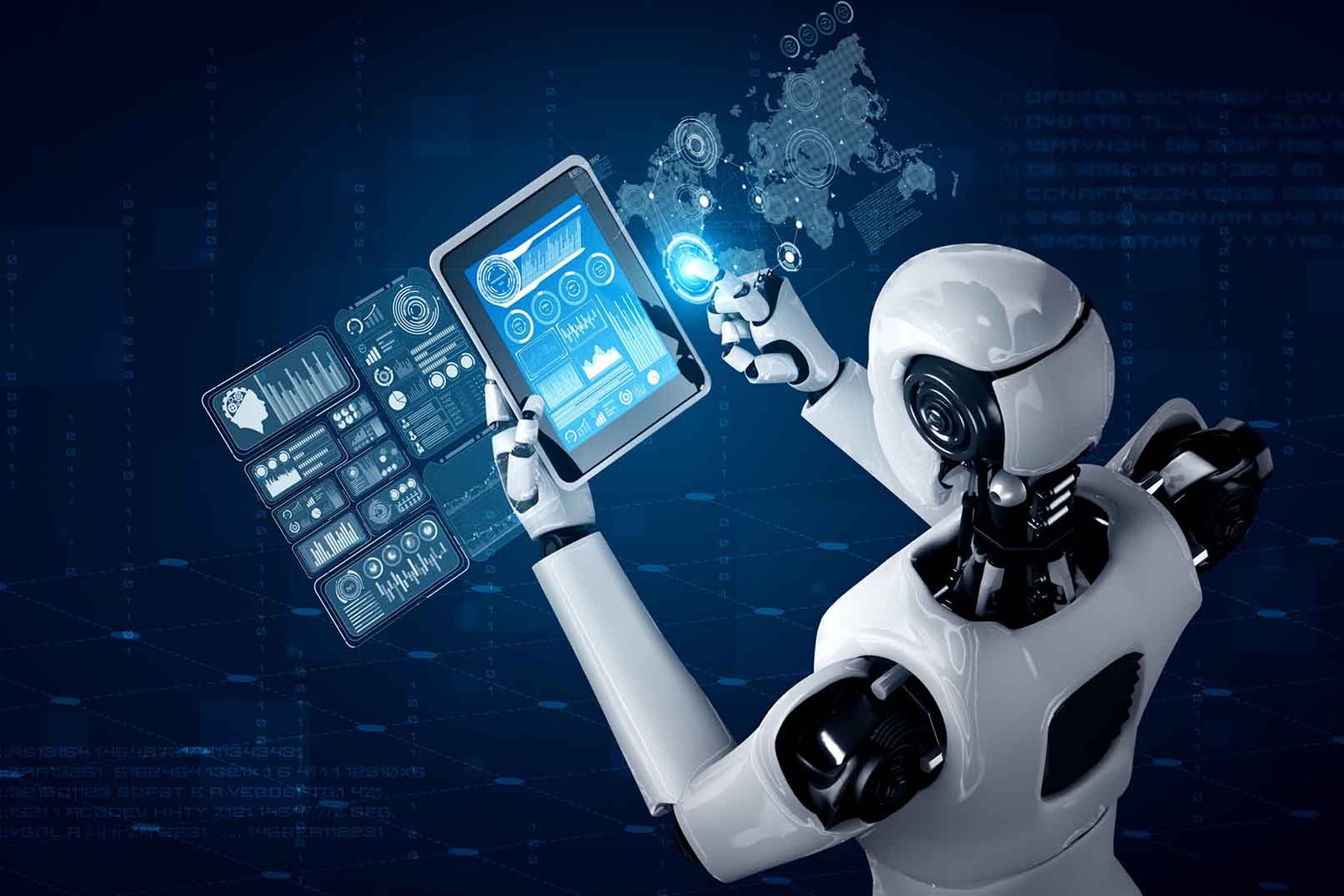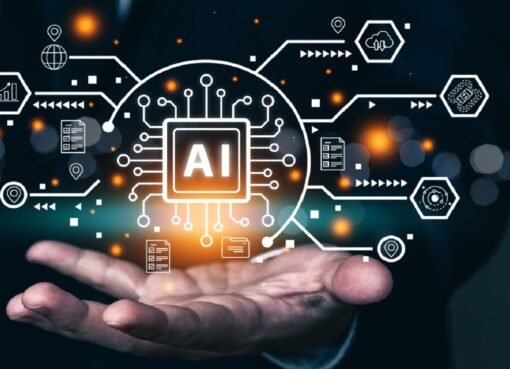Tech-Savvy Employment: How Emerging Technologies Are Reshaping Labor Laws

As we move deeper into the 21st century, emerging technologies—such as artificial intelligence (AI), automation, and remote work platforms—are rapidly reshaping the labor landscape. This technological transformation presents both opportunities and challenges, particularly in the realm of labor laws, which must evolve to keep pace with these changes. In 2024, the workforce is experiencing fundamental shifts that require urgent attention from lawmakers to ensure fair protections for workers, address emerging risks, and support new forms of employment.
The Gig Economy and Worker Classification
The gig economy, characterized by flexible, short-term, or freelance work facilitated by digital platforms like Uber, Lyft, DoorDash, and Upwork, has been growing rapidly. According to a 2024 report by the McKinsey Global Institute, gig work in the U.S. has nearly doubled in the past decade, with an estimated 36% of the workforce now participating in some form of gig or contract work. This rise in non-traditional employment has led to increasing legal uncertainty over how gig workers should be classified—either as independent contractors or employees.
The distinction is significant because employees are entitled to labor protections under the Fair Labor Standards Act (FLSA), including minimum wage, overtime pay, and benefits like health insurance and paid leave. Independent contractors, on the other hand, are excluded from these protections.
In California, a landmark case has shaped the legal landscape for gig workers. In Dynamex Operations West, Inc. v. Superior Court of Los Angeles (2018), the California Supreme Court adopted the ABC test to determine worker classification. This test makes it harder for companies to classify workers as independent contractors, which has far-reaching implications for the gig economy. In 2020, California voters passed Proposition 22, which allowed companies like Uber and Lyft to continue classifying their drivers as independent contractors, despite efforts to enforce broader employee protections. In 2024, the issue remains contentious, with federal legislation still under debate to address how gig workers are classified nationwide.
Automation and AI: The Future of Work
The rise of automation and artificial intelligence is a central factor reshaping labor markets. According to the 2024 World Economic Forum report, automation and AI technologies could disrupt 85 million jobs globally by 2025, particularly in industries like manufacturing, retail, and customer service. Routine, manual, and repetitive tasks are the most vulnerable to automation, while AI-powered systems are taking over tasks like data analysis, customer interactions, and even legal research.
In the United States, companies like Amazon and Tesla are leading the way in integrating robotics and AI into their operations. Amazon’s fulfillment centers, for example, use AI and robotics to streamline inventory management and order fulfillment, significantly reducing the need for human workers in some areas. Similarly, AI-driven customer service tools, such as chatbots, have become commonplace in industries ranging from telecommunications to healthcare.
This technological shift raises significant concerns about job displacement. According to a 2024 study by Forbes, up to 25% of the U.S. workforce could be impacted by automation over the next decade, with millions of low-wage and middle-skill workers at risk. In response, reskilling and upskilling programs are increasingly seen as essential to help workers transition to new roles. The U.S. Department of Labor in 2024 allocated $250 million to workforce training programs aimed at preparing workers for jobs in emerging fields like AI, cybersecurity, and green energy.
Countries like Germany and South Korea have pioneered successful reskilling models, where governments collaborate with industries to provide workers with access to training that aligns with market demands. The German Model of Vocational Education and Training (VET) has been cited as a successful blueprint for integrating training into national policy.
Remote Work and Digital Employment Laws
The COVID-19 pandemic accelerated the adoption of remote work, and even in 2024, it continues to shape labor laws and business practices. According to Gallup, 45% of U.S. employees worked remotely at least part-time as of 2024, a trend that shows no signs of slowing. This shift to remote work has brought new challenges, particularly in regulating employee privacy and remote work productivity monitoring.
One of the key issues emerging from the remote work trend is the use of employee surveillance technologies. In 2024, companies are increasingly relying on tools that track employees’ computer usage, internet activity, and even physical presence through webcams or GPS. In response, privacy advocates are calling for stronger regulations to protect workers from intrusive surveillance. In the European Union, the General Data Protection Regulation (GDPR) provides strict rules about employee data collection and surveillance, including requirements for employer transparency and consent. However, in the U.S., regulations remain less comprehensive.
In California, the California Consumer Privacy Act (CCPA), effective since 2020, offers some protection by allowing employees to request access to personal data collected by their employers. This law has prompted other states, like New York and Illinois, to introduce similar data protection laws for employees. However, the lack of a cohesive federal framework for employee privacy and surveillance remains a critical gap in labor law.
The Need for New Labor Laws in the Digital Age
As technology continues to evolve, labor laws must evolve with it to ensure fair treatment for workers in the digital age. Key areas for reform include:
- Worker Classification: As gig work continues to grow, lawmakers must find ways to balance flexibility with the need for labor protections. This could involve creating a new hybrid classification for gig workers, offering benefits without completely restricting their autonomy.
- Automation and AI: Policymakers must address the risks of job displacement by implementing reskilling initiatives and promoting industries that create new job opportunities in emerging fields like AI, clean energy, and healthcare.
- Privacy and Surveillance: As remote work expands, stronger privacy protections are needed to safeguard workers from excessive surveillance, while allowing employers to ensure productivity.
- Collective Bargaining in the Digital Era: With more decision-making being handled by AI, questions arise about how labor unions can advocate for workers who may be subject to algorithmic management. Governments may need to revisit collective bargaining laws to address the challenges posed by AI in the workplace.
Conclusion
Emerging technologies, from the gig economy to AI and automation, are reshaping how we work and live. While these developments bring tremendous benefits in terms of efficiency and innovation, they also raise critical questions about labor rights, job security, and privacy. In 2024, it is evident that labor laws must evolve to protect workers from exploitation, ensure fair compensation, and safeguard privacy while enabling businesses to adapt to technological advancements. By revisiting worker classification, reskilling programs, privacy laws, and labor relations in the context of AI, lawmakers can ensure that the future of work is equitable, sustainable, and inclusive.



